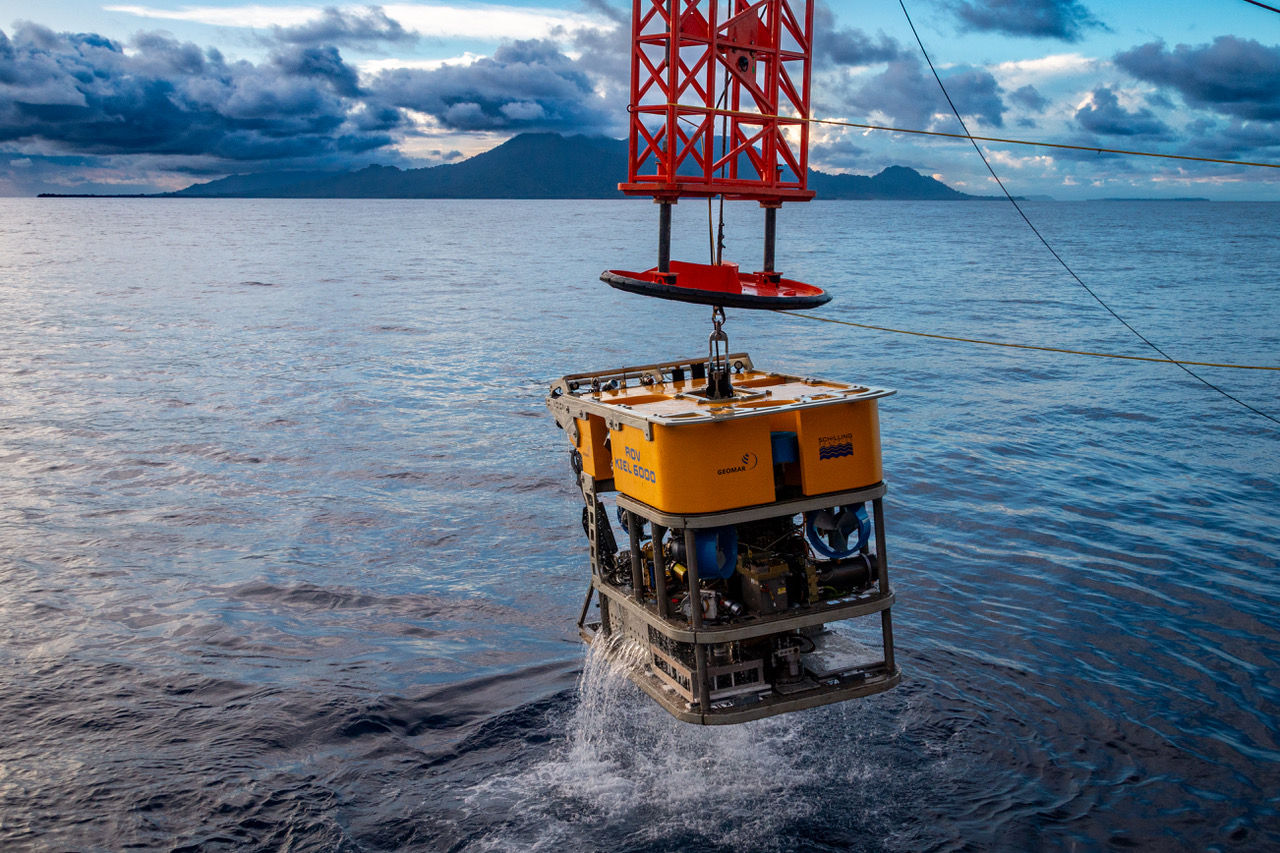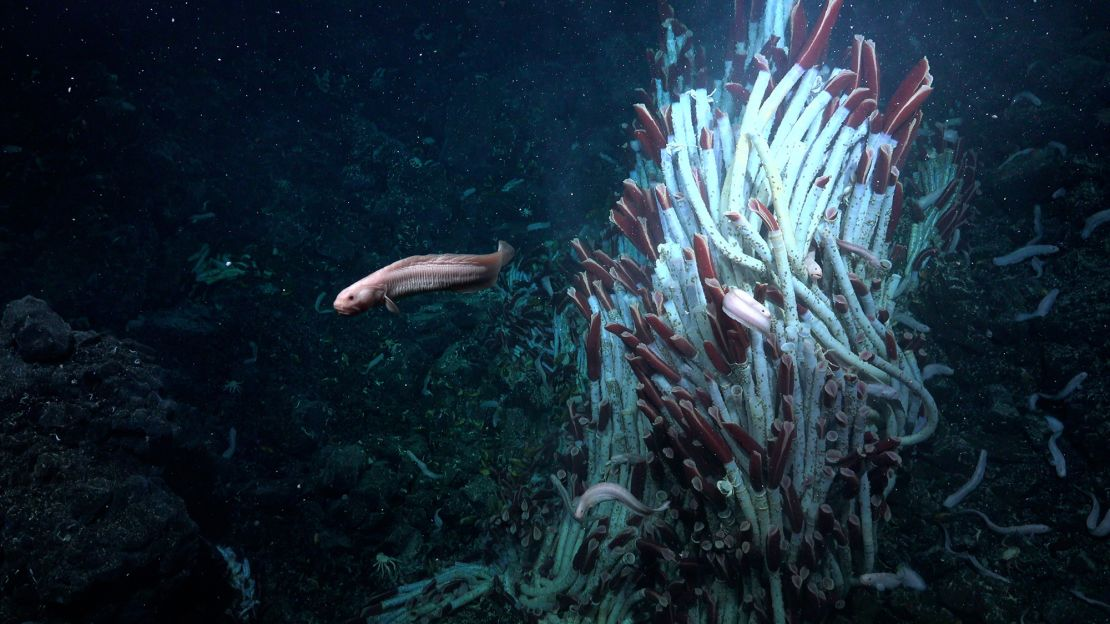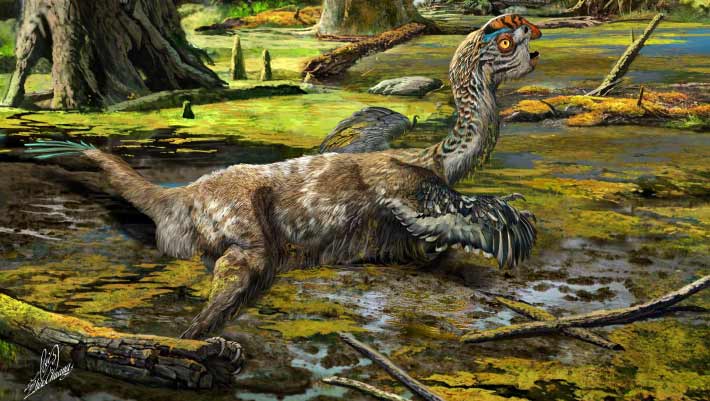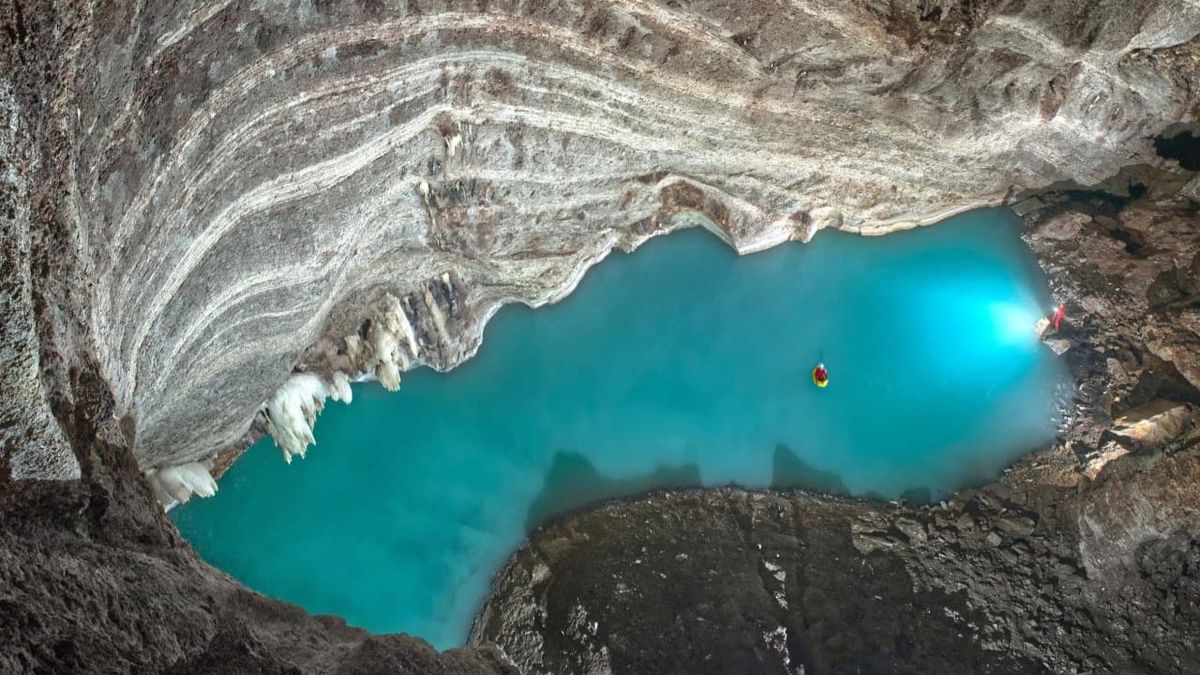In a recent expedition off the coast of Papua New Guinea, scientists discovered a strikingly unique deep-sea environment known as the Karambusel hydrothermal field. This site is unusual because it features hydrothermal vents and methane seeps existing side by side—two geological processes rarely found in such close proximity. The field lies at around 1,300 meters depth near the Conical Seamount and provides critical insights into how life adapts in extreme, chemically diverse habitats.
What makes Karambusel extraordinary is its hybrid nature. Hot, mineral-rich fluids from volcanic activity and cold methane-rich gases originating from buried organic sediments both emerge near each other, forming alternating patches of intense chemical contrast. Biologically, this creates a mosaic of micro-habitats supporting dense communities of deep-sea mussels (Bathymodiolus), shrimps, tube worms, amphipods, and purple sea cucumbers—all adapted to tolerate strong thermal and chemical stress. Some areas are so biodiverse that hardly any bare rock is visible due to the sheer abundance of life.
From an E-E-A-T standpoint (Experience, Expertise, Authoritativeness, Trustworthiness), the Karambusel discovery holds strong credibility. The experience of the researchers—who navigated difficult terrain using ROV-based observation—is evident in the high-quality mapping and specimen collection. Expertise emerges from combining geological, chemical, and biological data to interpret how dual vent/seep ecosystems form. The work is published in peer-reviewed sources and led by reputable institutions like GEOMAR Helmholtz Centre. And the trustworthiness is reinforced by transparent reporting of environmental threats—such as potential mining in nearby areas—and calls for marine protection to preserve this fragile ecosystem before it is degraded.




